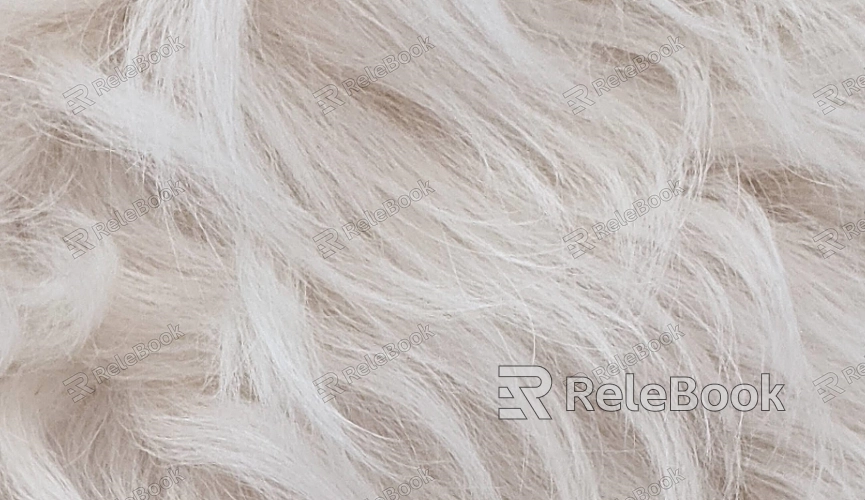How to Add Textures in Element 3D
For designers using Element 3D, adding textures to models is an essential step, especially when working with dynamic effects or complex scenes. As a 3D rendering designer, I’ve encountered many challenges when trying to apply textures correctly, and through trial and error, I’ve developed a set of methods and techniques that streamline the process and improve my workflow. In this article, I’ll guide you through how to add textures to models in Element 3D, covering everything from texture selection and material settings to UV mapping and optimization. Once you master these techniques, you’ll be able to execute high-quality rendering projects with ease.
The following sections will delve into preparing 3D models, choosing the right textures, creating materials, applying them to your models, and making adjustments to optimize your results. These methods will help you achieve better texture mapping and more realistic rendering.

1. Prepare Your Model and Texture Resources
Before adding textures, it’s crucial to ensure your 3D model is in good shape and suitable for texturing. If the model has issues, such as incorrect normals, overlapping vertices, or poor topology, these problems can negatively impact the final texture application. Here’s what I typically do in this phase:
Check the normals: Incorrect normals can cause textures to appear reversed or distorted. You can use the “recalculate normals” tool in your 3D modeling software to fix this.
Clean up duplicate vertices: Duplicated vertices can affect rendering quality, making surfaces look jagged or uneven. Use the “merge vertices” tool to clean up duplicates.
Optimize the topology: Complex topology can lead to stretched or distorted textures. A well-organized mesh will help ensure textures are displayed correctly.
2. Choose the Right Texture
Element 3D offers a variety of textures, and selecting the appropriate one for your model is crucial to achieving the desired appearance. Here are some common texture types you may use, depending on the needs of your scene:
Diffuse textures: These are used to represent surfaces like walls, floors, and skin and are suitable for most environments. Common formats include JPG, PNG, and TGA.
Procedural textures: Examples include noise textures or displacement maps, which are ideal for creating organic surfaces like wood, stone, or clouds.
Normal maps: These are used to simulate surface detail and depth, adding a more realistic 3D effect to your model.
When selecting textures, I typically consider the project requirements, material effects, and rendering performance. If you’re struggling to find high-quality textures, you can always check out Relebook, where you’ll find a vast selection of 3D textures that will save you time and enhance your workflow.
If searching for high-quality 3D textures feels overwhelming or too time-consuming, simply visit Relebook and download premium 3D textures directly from https://textures.relebook.com/.
3. Create Materials and Apply Textures
In Element 3D, materials are essential for applying textures to your model’s surface. Creating and setting up materials correctly is a vital step in the texturing process. Here’s how you can do it:
Create a new material: Right-click in the “Project” panel in Element 3D and select “Create” > “Material” to generate a new material.
Load the texture: Drag the selected texture into the appropriate material property, such as dragging a diffuse map into the “Diffuse” or “Albedo” slot. This will apply the texture to the material.
Adjust material properties: Depending on your needs, you can tweak properties like glossiness, reflection, or normal maps to achieve a more realistic effect.
4. Set Up UV Mapping
Most 3D models require UV mapping to ensure textures are applied properly. UV mapping unfolds the model’s surface into a 2D plane so that textures can be correctly displayed on it in 3D space. It’s important to ensure your UV map has no overlaps or stretching. Here are a few tips:
UV unwrap the model: Use 3D modeling software (like Blender or Maya) to perform the UV unwrapping, making sure each area is properly laid out without overlaps.
Import and adjust UV settings: When importing the model into Element 3D, ensure the UV mapping is correct. If needed, you can adjust the UV parameters during the import process.

5. Adjust Texture Display
After applying your textures, you may need to tweak certain parameters to fine-tune how they display in your scene. Here’s what I usually adjust:
Texture scaling: Use the “Tiling” property of the material to adjust how the texture repeats on the model, preventing textures from being stretched or too small.
Normal maps: If you want to add more surface detail, use normal maps to simulate bumps and indentations, making the model appear more realistic.
Lighting and reflection: Depending on the lighting in your scene, adjust the material’s glossiness and reflection properties so that the texture looks its best under different lighting conditions.
6. Optimize Textures
Optimizing textures is a crucial step in improving rendering performance. Proper optimization not only speeds up the rendering process but also reduces file sizes, which enhances overall project performance. Here are some common optimization techniques:
Texture compression: Compress textures to appropriate formats (such as PNG or JPG) to reduce file size and prevent performance issues due to large texture files.
Control texture resolution: Set texture resolutions according to project needs. While high resolutions showcase more detail, they can put a heavy load on your GPU. Using lower resolutions can help with performance without sacrificing too much detail.
Simplify texture types: For large-scale scenes, consider using lower-resolution textures or simplifying the material nodes to reduce the computational load.
By following the methods outlined in this article, you’ll be able to add textures to your models in Element 3D more efficiently. Whether it’s model preparation, texture selection, material creation, or making adjustments and optimizations, these techniques will help you master the art of texturing and improve your overall rendering results.
If you’re looking for high-quality 3D texture resources or models, Relebook offers a vast library of assets that can help save you time and enhance your project’s visual quality.

